SR-72? Hints of a new Skunk Works spy plane reignite rumors of a Blackbird successor
- By Alex Hollings
Share This Article
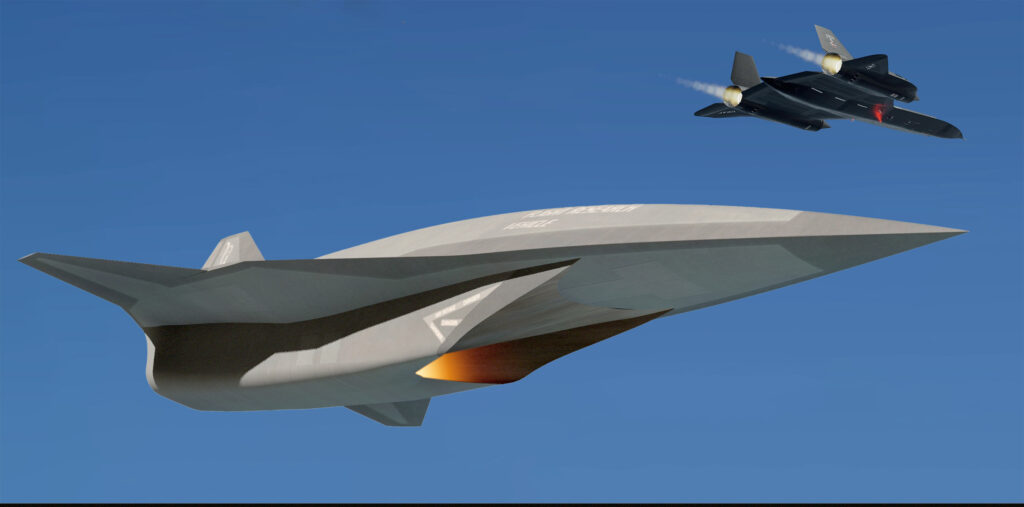
Recent hints that Lockheed Martin’s Skunk Works division may have already delivered an advanced new spy plane to the United States Air Force have prompted a resurgence in speculation about a secretive aircraft known to many as the SR-72.
This program, aimed at fielding a Mach 5+ successor to the legendary SR-71 Blackbird, was once not only publicly disclosed, but also developed under sporadic bouts of media attention and general fanfare. That is, until March of 2018, when the effort suddenly fell silent after Russian President Vladimir Putin delivered a speech that many now see as the onset of the modern hypersonic arms race.
Over the past two years, however, Lockheed Martin has grown increasingly bullish in the way it hints at the existence of a new high-speed reconnaissance and strike aircraft being developed covertly. And if recent remarks made by Vago Muradian, the editor-in-chief of the Defense & Aerospace Report, are to be believed, the aircraft Lockheed has been hinting at may already be in the Air Force’s possession.
A Skunk Works aircraft secretly delivered to the Air Force
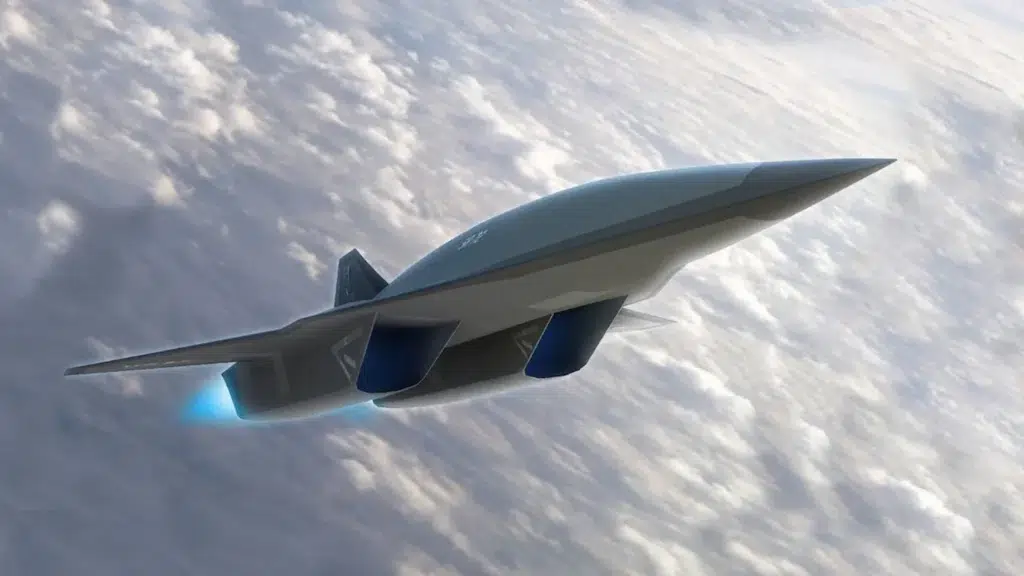
In a recent episode of the Defense & Aerospace Air Power Podcast, Muradian brought up the RQ-180 – a high-flying stealth reconnaissance aircraft so secretive the US government has yet to even acknowledge its existence, despite it being photographed in flight a number of times in recent years. The high-flying RQ-180 (the platform’s actual name is unknown) is expected to replace America’s venerable U-2 Spy Plane, as well as the RQ-4 Global Hawk, in the coming years.
But Muradian didn’t stop there.
“There is another program, however, which is for a much more capable reconnaissance aircraft that is the product of the Skunk Works and it is Lockheed Martin aircraft. There are articles that have already been delivered but that there have been challenges with that program,” he said.
Spy planes – or intelligence, surveillance, and reconnaissance aircraft – still play a vital role in the American defense apparatus due to the bevy of limitations inherent to spy satellites.
“My understanding is that the program was re-scoped because it is that ambitious a capability that [it] required a little bit of re-scoping in order to be able to get to the next block of aircraft,” Muradian added.
Thus far, there has been no further confirmation of Muradian’s claims, but many see him as a credible source. Further, there’s a growing mountain of (perhaps circumstantial) evidence behind the idea that the SR-72 may not only be real – but already flying.
Related: Game-changing military aircraft that were canceled before they could change the game
The SR-72 is said to be a hypersonic aircraft
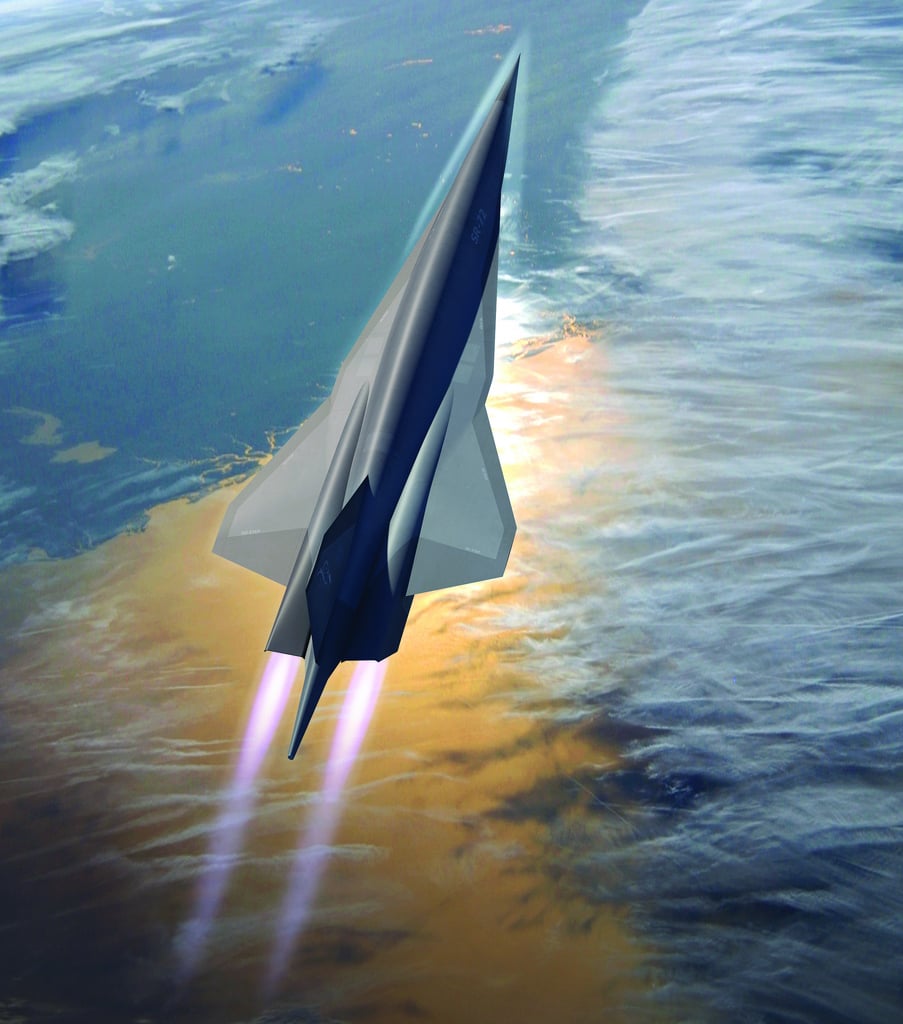
Lockheed’s SR-71 Blackbird – the fastest crewed jet in history – was famously capable of sustaining speeds in excess of Mach 3 for hours on end while screaming through the sky at altitudes of 85,000 feet or higher. Thanks to this combination of speed and altitude, the Blackbird famously outran more than 4,000 missiles fired at it throughout its three decades of service, operating with near impunity in even the most hostile airspaces of the Cold War.
The SR-72 concept is built upon the same premise but aimed at achieving even higher speeds to grant it the same sort of survivability against even the most advanced 21st-century threats.
The Blackbird’s stated top speed of Mach 3.2 (many pilots claim it was actually a bit faster) was accomplished through the use of its unique Pratt & Whitney J58 turbojet engine – often referred to as a turboramjet. That engine incorporated variable geometry nozzles to manage inflowing airflow and bypass pipes extending out of the engine’s early compressor stages to funnel air directly into the afterburner to further increase thrust.
While jet engine technology has improved dramatically in the nearly 60 years since the J58 engine was designed, it would take an even more exotic form of propulsion to reach the necessary speeds for survival in the modern battlefield. In order to outrun modern air defenses, the SR-72 would need to be able to reach hypersonic speeds – or speeds above Mach 5. To date, these speeds have only been accomplished with rocket-propelled aircraft and spacecraft or with single-use technology demonstrators.
Conventional turbojet and turbofan jet engines can power an aircraft during takeoff and landing, but not at hypersonic speeds – and there are jet engines capable of powering an aircraft at hypersonic speeds, but not during takeoff and landing. The SR-72 needs both.
Related: Hermeus’ hypersonic aircraft takes another big step toward flight
Turbine-based combined-cycle hypersonic engines
The SR-72 program has long been associated with efforts to field a fully reusable turbine-based combined cycle hypersonic propulsion system. This mouthful is a new form of air-breathing jet engine that combines the turbofan engines leveraged by many of today’s tactical aircraft with a supersonic combustion ramjet (often called a scramjet) that’s capable of achieving and sustaining speeds above Mach 5, and potentially even over Mach 10.
This combination speaks to the innate challenges of managing airflow at speeds ranging from a dead stop, all the way up into the high-supersonic regime.
Turbojets and turbofans – the types of air-breathing jet engines that power today’s aircraft, use a compressor fan near the inlet to suck air into the engine and compress it, before mixing that compressed air with fuel and igniting it for propulsion.
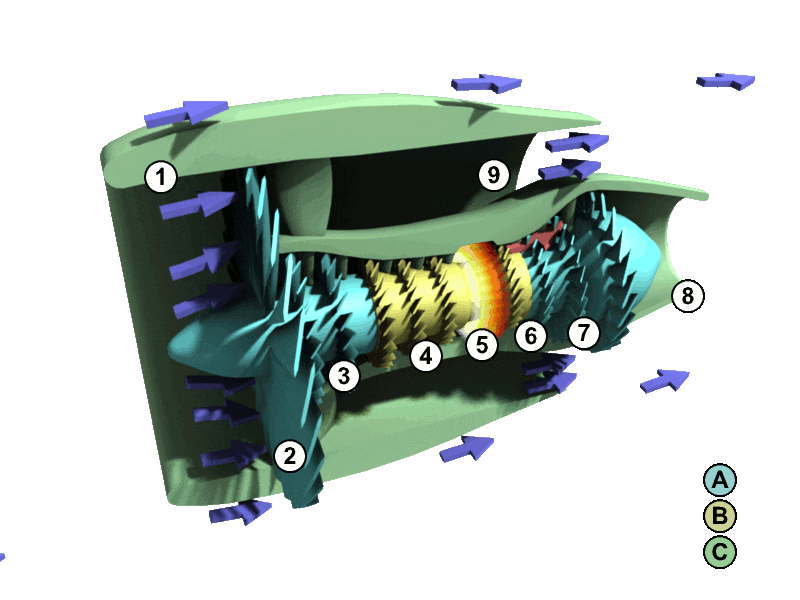
As a result, these kinds of engines can work from a dead stop to accelerate an aircraft down a runway for takeoff and can continue to accelerate up to around Mach 3. At that point, the compressor at the front of the engine meant to suck in and compress air becomes a hindrance to the inflowing air, limiting the engine’s efficiency at high speeds.
Ramjets and scramjets, on the other hand, have no compressor (or often any moving parts at all), and as a result, cannot function at a stop and are very inefficient at low speeds. But at speeds above Mach 3, these engines come alive – using the immense pressure of inflowing air to create the compression the engine needs to mix that air with fuel before igniting it for propulsion.
Ramjets, which are an older and more proven technology, use a blocking body of sorts in the inlet to slow that inflowing air down to subsonic speeds to make it more manageable for ignition. As a result, ramjets are generally believed to be capable of reaching speeds as high as Mach 5 or 6, but likely no higher.
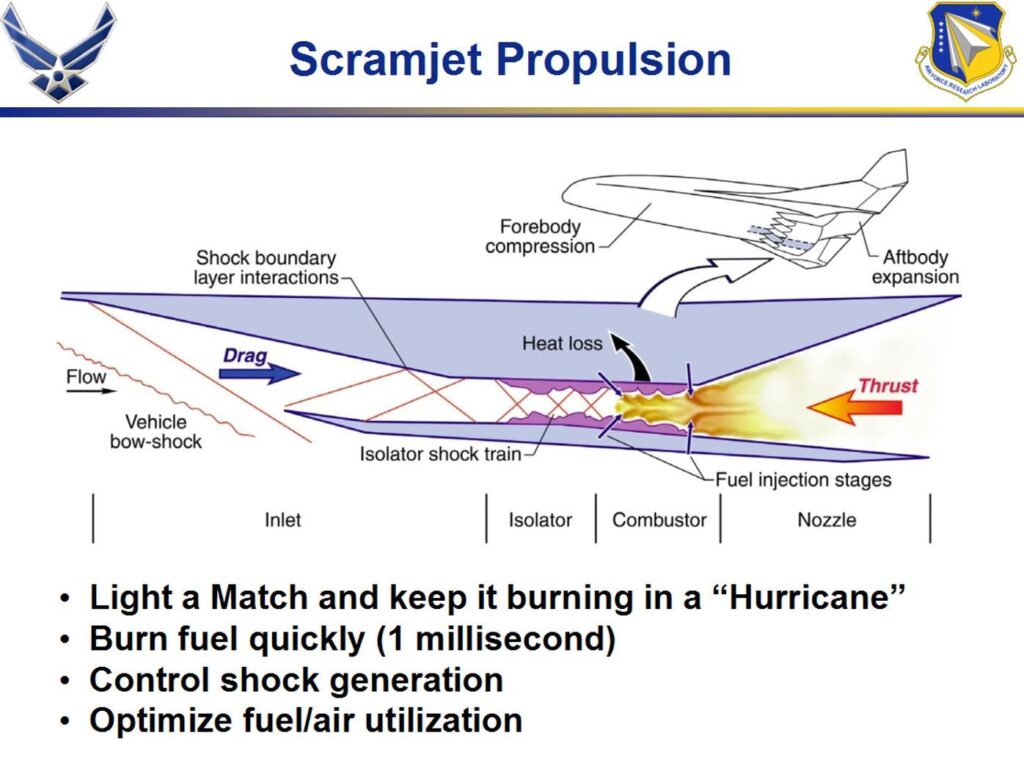
More modern scramjets, on the other hand, do not impede the inflowing air at all, allowing it to pass into the engine at supersonic speeds. This makes ignition a significantly larger engineering challenge – it’s often compared to trying to light a match in a hurricane. But once you overcome those challenges, scramjets are generally believed to be capable of achieving speeds above Mach 10 or even higher.
In its simplest form, a turbine-based combined cycle engine just combines these two forms of jet engines – using a turbojet or turbofan to take off and accelerate to around Mach 3, before transitioning to the ramjet or scramjet to continue accelerating to Mach 5 and beyond.
Hermeus successfully demonstrated their turbojet/ramjet combined cycle engine’s ability to function in a high-speed wind tunnel last November, proving this theoretical concept has made the leap into real-world systems. But as momentous as Hermeus’ accomplishment truly is… it looks as though a joint team from Lockheed Martin’s Skunk Works and Aerojet Rocketdyne may have quietly beat them to the punch by years.
In fact, according to Rob Weiss, Lockheed Martin’s now-retired executive vice president and general manager for the Skunk Works, their SR-72 combined cycle engine was already working and ready to be installed in an aircraft as early as 2017.
Sandboxx News will discuss this extensively in our exploration of the SR-72 program timeline.
Read more from Sandboxx News
- Accounts of daily life with the Delta Force through 18 months of global training
- The Tavor rifle was made for the Israeli military’s unique situation – Service rifles from around the world
- America’s NGAD fighter emerged from a classified billion-dollar X-Plane program
- The only foreign jet ever to lock onto the Blackbird (came to its rescue)
- Is the future African?
Related Posts
Sandboxx News Merch
-

F-35 ‘Lightning’ Poster
$22.00 – $28.00 Select options This product has multiple variants. The options may be chosen on the product page -

F-35 ‘Evolution’ Poster
$22.00 – $28.00 Select options This product has multiple variants. The options may be chosen on the product page -

F-35 ‘Evolution’ Framed Poster
$45.00 – $111.00 Select options This product has multiple variants. The options may be chosen on the product page

Alex Hollings
Alex Hollings is a writer, dad, and Marine veteran.
Related to: Military Affairs
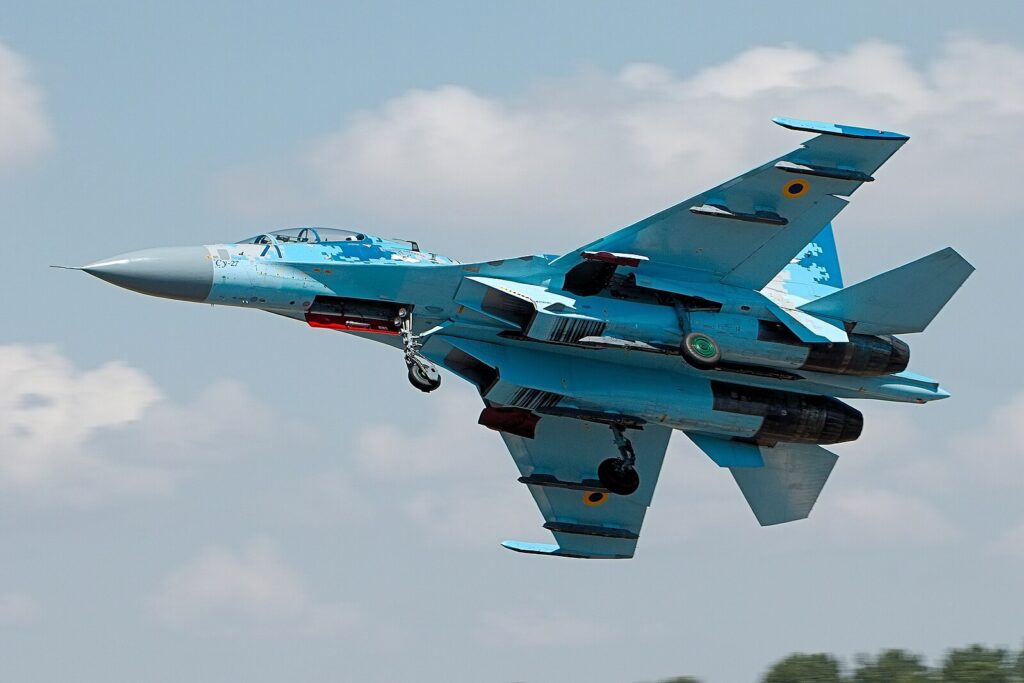
Where do NATO reporting names come from?

The A-12 Avenger II would’ve been America’s first real ‘stealth fighter’
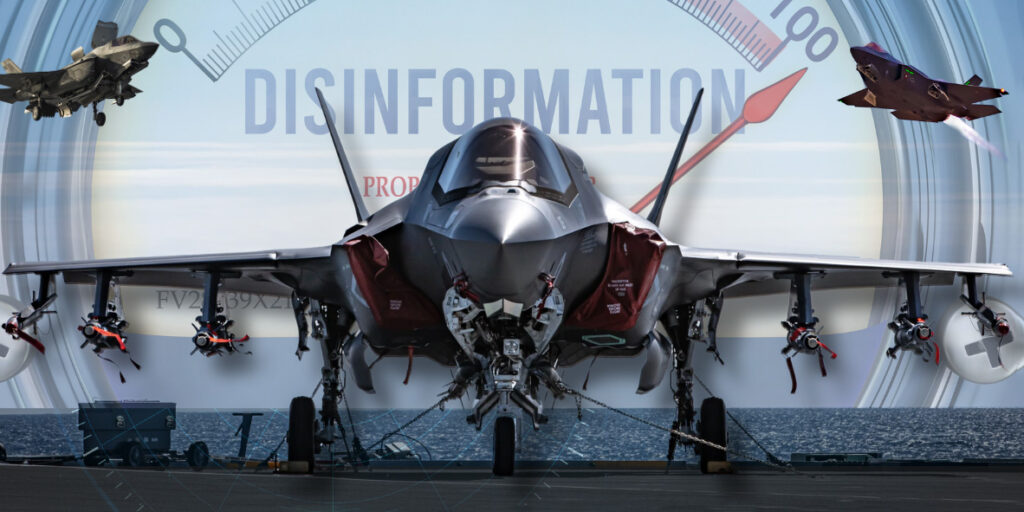
Why media coverage of the F-35 repeatedly misses the mark

It took more than stealth to make the F-117 Nighthawk a combat legend
Sandboxx News
-

‘Sandboxx News’ Trucker Cap
$27.00 Select options This product has multiple variants. The options may be chosen on the product page -

‘AirPower’ Classic Hoodie
$46.00 – $48.00 Select options This product has multiple variants. The options may be chosen on the product page -

‘AirPower’ Golf Rope Hat
$31.00 Select options This product has multiple variants. The options may be chosen on the product page -

‘Sandboxx News’ Dad Hat
$27.00 Select options This product has multiple variants. The options may be chosen on the product page
